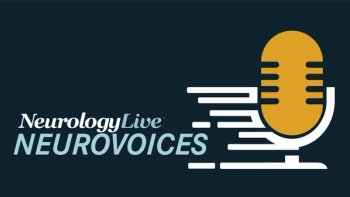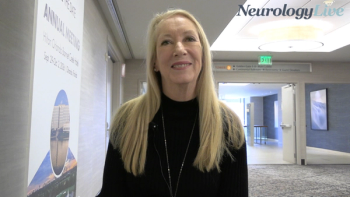
Undiagnosed OSA Linked to High Health Care Costs and Utilization
New Medicare data has suggested that those with undiagnosed obstructive sleep apnea have higher annual health care costs than their counterparts, with this high economic burden accompanying already impacted function and quality of life.
Emerson M. Wickwire, PhD
Individuals with untreated
All told, the study suggested that those with untreated OSA had mean total annual health care costs of $19,566 (95% CI, $13,239—$25,894), as well as increased use of health care service costs across all individual points of service. The data, which ranged from 2006 to 2013, were analyzed by Emerson M. Wickwire, PhD, associate professor of psychiatry, University of Maryland School of Medicine, and colleagues.
The highest incremental costs were associated with inpatient care, at $15,482 annually (95% CI, $8521—$22,443), while prescriptions were associated with the lowest incremental costs, at $431 annually (95% CI, $339–$522). The final sample included 287,191 individuals, of which 10,317 were beneficiaries with OSA and 276,874 were matched controls without sleep-disordered breathing.
Importantly, these data are able to be generalized to the majority of older adults due to the random nature of the sample and the sensitivity of the analysis.
READ MORE:
OSA is a condition plagued by a number of challenges for both patients and physicians, including adherence to treatments such as continuous positive airway pressure (CPAP) as well as high rates of undiagnosed individuals. In fact, some estimates suggest that up to 80% of individuals with OSA have gone undiagnosed despite access to health care. When untreated, OSA has also been associated with early mortality.2,3
Qinglan Ding, PhD, and Meir Kryger, MD, of the College of Health and Human Sciences at Purdue University, lauded the work in an accompanying editorial commentary.4 The pair pointed out the importance of identifying the economic impact that OSA has among the elderly, in particular, due to its high prevalence in adults older than the age of 65 years. These patients are more likely to have comorbid conditions, and thus more visits to their physicians.
Ding and Kryger wrote that there have been a number of explanations offered for this increased economic burden, most notably the increased rates of comorbidity. As well, they wrote, there are “increased health care resources used for psychotherapy or psychoactive drugs or a greater likelihood that patients with OSA report poor self-perceived health status.”
“To date, much of the literature on the economic impact of OSA has been in predominantly middle-aged men and with relatively small sample sizes; only [a] few prior trials assessed health care utilization in older adults using population-based data,” they added. Ultimately, the pair suggested that there is a need for the identification of the underlying mechanisms of this issue and for a focus of clinical attention on older adults with, and early diagnosis and treatment of, OSA.
The data from Wickwire and colleagues notably confirmed that those with OSA are heavy users of health care for the 5 to 10 years prior to being diagnosed. This, Ding and Kryger pointed out, again raises eyebrows about the cause of such high rates of undiagnosed OSA. They reasoned that lack of training and education for physicians on sleep disorders may be to blame, as well as limited access to sleep labs and sleep specialists. Additionally, they noted that there is a “commonly held belief that OSA may not pose a serious health risk.”
All told, the findings from Wickwire et al. are just one dataset among a growing library of literature suggesting that there is a drastic need for earlier diagnosis and treatment of OSA to improve quality of life, functional ability, and health care costs in older adults.
REFERENCES
1. Wickwire EM, Tom SE, Vadlamani A, et al. Older adult US Medicare beneficiaries with untreated obstructive sleep apnea are heavier users of health care than matched control patients. J Clin Sleep Med. 2020;16(1):81—89. doi: 10.5664/jcsm.8128.
2. Lee W, Nagubadi S, Kryger MH, Mokhlesi B. Epidemiology of obstructive sleep apnea: a population-based perspective. Expert Rev Respir Med. 2008;2(3):349—364. doi: 10.1586/17476348.2.3.349.
3. Young T, Peppard PE, Gottlieb DJ. Epidemiology of obstructive sleep apnea: a population health perspective. Am J Respir Crit Care Med. 2002;165(9):1217—1239. doi:10.1164/rccm.2109080.
4. Ding Q, Kryger M. Greater health care utilization and cost associated with untreated sleep apnea. J Clin Sleep Med. 2020;16(1):5—6. doi: 10.5664/jcsm.8152.
Newsletter
Keep your finger on the pulse of neurology—subscribe to NeurologyLive for expert interviews, new data, and breakthrough treatment updates.




































